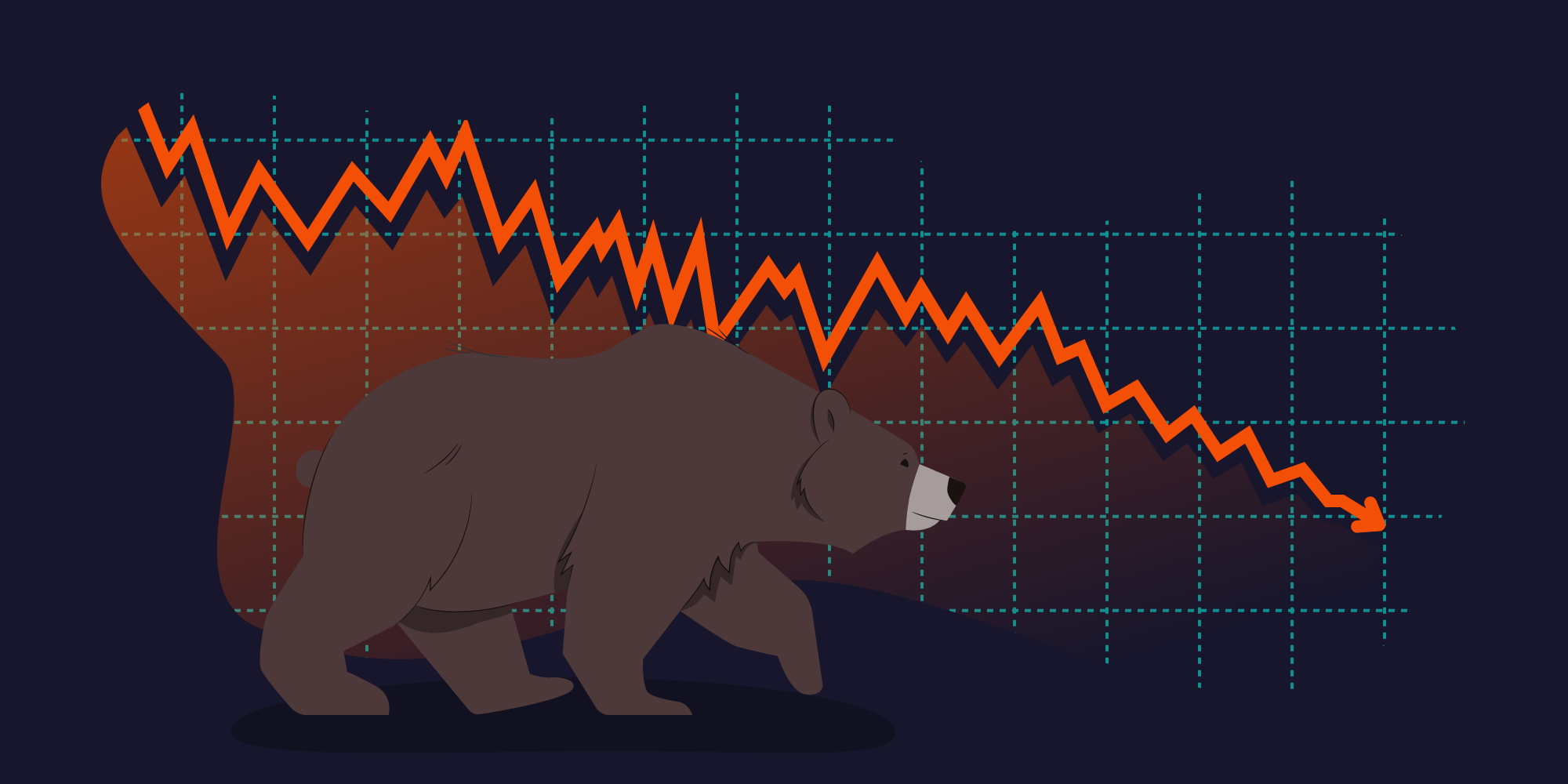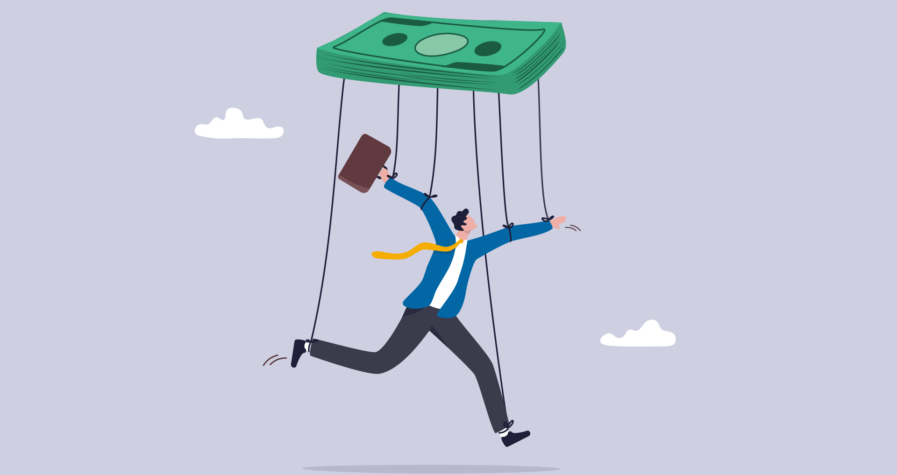Collapses happen everywhere, and sometimes it is impossible to predict or avoid them altogether. Any market collapse is a horror for investors because usually, it causes a substantial drop in stock prices in a short time. It leads to significant losses and panic among those who are affected. Ordinary traders, shareholders, and even institutional companies start to panic and sell their assets, trying to minimize losses. Usually, any market crash develops really fast and leads to long-term effects.
Today IronTrade has prepared an article about several most significant market crashes in history.
The crash of 1929
It was one of the most disastrous market collapses in the USA, which led to the Great Depression. This collapse was preceded by a speculative boom when millions of people in America started to invest in stocks. At that time, people began to move from villages to big cities hoping for a better life. The stock market had been growing for a while already, and it seemed like nothing could stop it. Many people get rich quickly, and others were attracted to the stock market by their success. Lack of financial literacy led to the situation when people started to trade with leverages – they paid only for a small percent of the stock, borrowing the rest from banks.
Gradually it built enormous debts because of accessible leverage credits, and the market became very unstable. It promptly reacted to any doubt in future gains. At last, experienced traders found out that the market was overheated and decided to get their money out.
The descent started in September 1929 and continued until the end of October. The panic among investors intensified when they found out that nobody wanted to buy their shares, and they started to offer them at any price. This decline continued, and the market indices decreased, rubbing millions of traders and making millions of dollars lost.
This crash had a significant impact on the US and hit the European economy as well. The US government made remarkable conclusions and organized a new regulatory entity named SEC (Securities and Exchange Commission). They developed new regulations aimed to prevent such a situation from happening again.
Black Monday in 1987
Another black Monday happened in October 1987, when the Dow Jones Index dropped by the highest one-day percentage in history. It fell by 22.6% in one day without any clear assumptions about the reasons for this crash. It is known that this collapse could happen because of automated algo-trading, lack of liquidity, and an overheated market led by trading psychology.
This crisis affected the US and all the world: Hong Kong, Australia, and the UK stock exchanges had enormous losses.

Dot Com Bubble in 2000
During the 90s, many IT companies got extremely high investments. Many traditional companies decided to get a digital presence and move their businesses online. They wanted to keep pace and did not think much about traditional metrics. As a result, the shares of such companies rose very fast and remained in an overbought state. In 2001 this bubble burst and started the next crisis known as the Dot Com crash.
The new business models happened to be highly ineffective and led online companies to closure during the crash. Many investors bought shares of unprofitable companies because they hoped for enormous profits in the future. Eventually, it was true only for a few of them, like Amazon or eBay. By October 2002, the Nasdaq index fell by 72% from its high in 2001 and did not reach it again for the next 11 years.
The mortgage crisis of 2008-2010
This crisis began when the lenders started to give out mortgages with high-interest rates to people with low credit scores. Those people who have never been eligible for a loan could now use the money of investors who bought the securities of mortgage-related companies.
The investments that were based on the opportunities provided by the rising economy heavily indebted their owners. On the other hand, many of those who took these mortgages could not pay back the debts. It dragged real estate prices down. Many financial organizations that invested in real estate became bankrupt as the stock market decreased by 20%. To better explain the situation, you can watch the movie “The Big Short”, which reveals all about this housing bubble.
Covid-19 crash
Finally, let’s talk about recent events. The pandemic that started in China spread to Europe and to the rest of the world very fast. Almost all countries were exposed to extended lockdowns. The governments closed public gatherings, restaurants, museums and banned international travel. These restrictions heavily affected the world’s economy and caused even permanent closure of some businesses, particularly those related to the travel industry. The stock market dropped by 13% in March 2020.
Many companies adopted the new reality and transformed their services accordingly. Many people started to work remotely. E-commerce and online technology stocks recovered very fast as the demand for them rapidly increased. This crisis is still going on and will take more time until all countries find ways to live in a new reality.
Tell us if you were exposed to some of these crises and how you managed to pass through them. IronTrade is always eager to hear from you.



